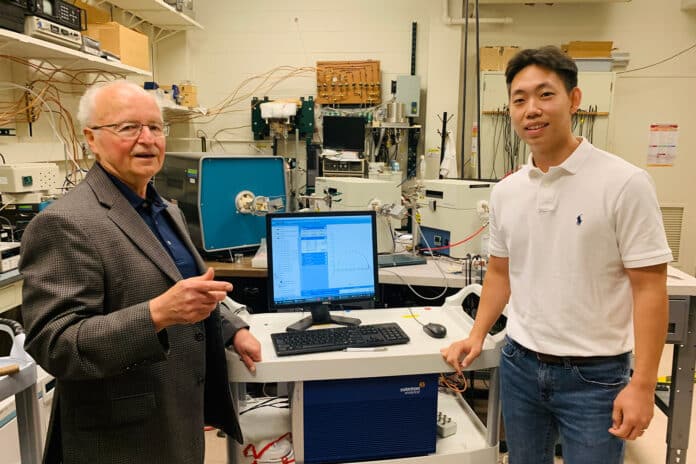The adoption rate of fuel cells has increased owing to the rising need for clean energy.
In a research that could jump-start the work on a range of technologies, including fuel cells, which are key to storing solar and wind energy, MIT researchers have found a simple way to significantly increase the lifetimes of fuel cells and other devices – changing the pH of the system.
Fuel/electrolysis cells made of materials known as solid metal oxides are in interest for several reasons. In electrolysis mode, they are very efficient at converting electricity from a renewable source into a storable fuel like hydrogen or methane. This storable fuel can be used in the fuel cell mode to generate electricity when the sun is not shining, or the wind isn’t blowing.
The fuel cell consists of many individual cells that are stacked together and connected by steel metal interconnects that include the element chrome to keep the metal from oxidizing. But “it turns out that at the high temperatures that these cells run, some of that chrome evaporates and migrates to the interface between the cathode and the electrolyte, poisoning the oxygen incorporation reaction,” says MIT Professor Harry Tuller.
After a certain point, the efficiency of the cell has dropped to a point where it is not worth operating any longer. “So if you can extend the life of the fuel/electrolysis cell by slowing down this process, or ideally reversing it, you could go a long way towards making it practical,” Tuller says.
The MIT team showed that you could do both by controlling the acidity of the cathode surface. To achieve their results, researchers coated the fuel/electrolysis cell cathode with lithium oxide, a compound that changes the relative acidity of the surface from being acidic to being more basic. After adding a small amount of lithium, researchers were able to recover the initial performance of a poisoned cell. And when the engineers added even more lithium, the performance improved far beyond the initial value.
“We saw improvements of three to four orders of magnitude in the key oxygen reduction reaction rate and attribute the change to populating the surface of the electrode with electrons needed to drive the oxygen incorporation reaction,” Tuller says.
The team is also interested in understanding the distribution of the different chemical additives (chromium and lithium oxide) on the surface. They found that the lithium oxide effectively dissolves the chromium to form a glassy material that no longer serves to degrade cathode performance.
The MIT work essentially shows how to recover – and speed up – the ability of the oxide solids to rapidly breathe oxygen in and out of their crystalline structures by changing the surface acidity. As a result, the engineers are optimistic that their work could be applied to other technologies, such as sensors, catalysts, and oxygen permeation-based reactors. The team is also exploring the effect of acidity on systems poisoned by different elements, like silica.
“As is often the case in science, you stumble across something and notice an important trend that was not appreciated previously. Then you test that concept further, and you discover that it is really very fundamental,” Tuller concludes.
